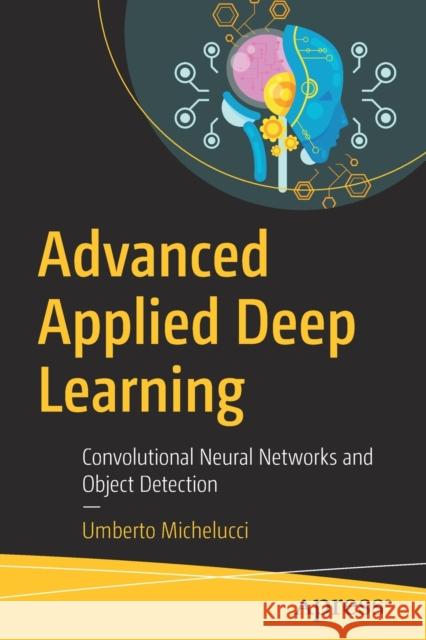Advanced Applied Deep Learning: Convolutional Neural Networks and Object Detection » książka
topmenu
Advanced Applied Deep Learning: Convolutional Neural Networks and Object Detection
ISBN-13: 9781484249758 / Angielski / Miękka / 2019 / 285 str.
Advanced Applied Deep Learning: Convolutional Neural Networks and Object Detection
ISBN-13: 9781484249758 / Angielski / Miękka / 2019 / 285 str.
cena 171,00
(netto: 162,86 VAT: 5%)
Najniższa cena z 30 dni: 170,53
(netto: 162,86 VAT: 5%)
Najniższa cena z 30 dni: 170,53
Termin realizacji zamówienia:
ok. 16-18 dni roboczych
Bez gwarancji dostawy przed świętami
ok. 16-18 dni roboczych
Bez gwarancji dostawy przed świętami
Darmowa dostawa!
Kategorie:
Kategorie BISAC:
Wydawca:
Apress
Język:
Angielski
ISBN-13:
9781484249758
Rok wydania:
2019
Dostępne języki:
Ilość stron:
285
Waga:
0.42 kg
Wymiary:
23.39 x 15.6 x 1.63
Oprawa:
Miękka
Dodatkowe informacje:
Wydanie ilustrowane











